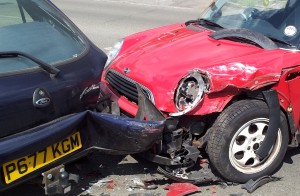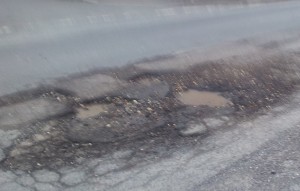Well, what a really environmentally focussed minister we have got in Michael Gove! He has seen so clearly the problems of air pollution in our towns and cities that he wants to ban the manufacture of any petrol or diesel cars. Full marks for this environmentally friendly thoughts that brought this on.
Only one minor problem with this new policy – what about the 40,000 people that die annually from the effects of air pollution between now and 2040. That is some 920,000 UK residents who will die of causes associated with air pollution between now and 2040 when the ban comes in to effect.
How is it possible to understand the problem bur let the odd million people die before doing something about it? Has it anything to do with big car manufacturing companies that might find their profits curtailed if they have to switch to electric cars any time sooner than 2040?
We need Clean Air Zones NOW, in all our town centres where we regularly exceed European limits on poor air quality.
We know what the problem is – Internal combustion engines.
We know what to do to clean up our act – implement Clean Air Zones either charge for polluting cars to enter them or ban them entirely from entering.
Why should we wait any longer before acting to save the thousands of people who suffer from poor air quality now?
We have been proposing a Low Emissions Zone (Clean Air Zone) for Reading town centre for many years already but our Labour Administration is too full of the Mass Rapid Transport scheme for East Reading which will have zero effect on air pollution but allow buses to get to Heathrow 10 minutes quicker (until the rail connection to Heathrow is built).
Our residents are suffering from asthma and other chronic diseases resulting from air pollution so what we need is action now on the Low Emissions Zone. Will Cllr Page (Labour’s lead Councillor for Transport) ever realise that peoples’ lives are at risk and they are more important than even good bus connections.





